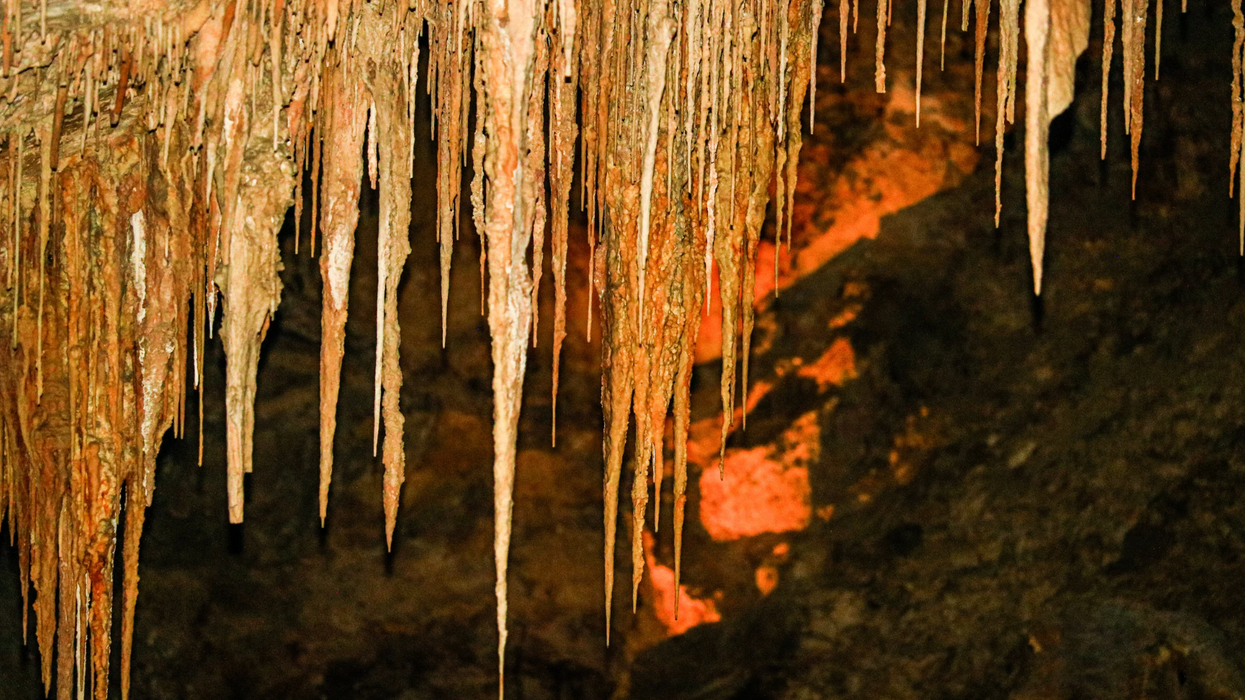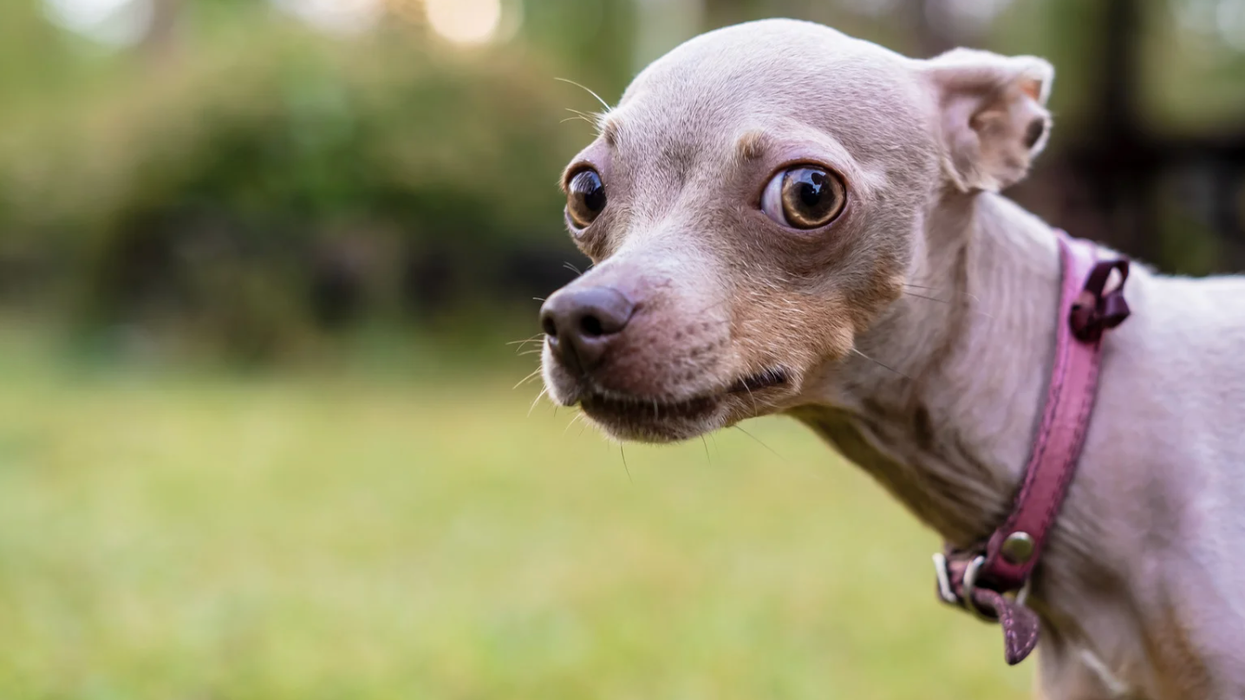Lesley is ditching her store-bought beauty products and going full hippie. Here's how to join her.
I haven’t consistently worn perfume since 1997, when Chance Wright told me he loved Vanilla Fields. I bought the cologne-body wash-lotion gift set and spent the rest of middle school smelling like a sugar cookie. I never considered returning to the perfume shelf until Sephora’s atomizer went on sale for three dollars, and I was moved to learn a little bit more about fragrance blending.
Historically, smell is a concern that’s been overlooked among hippies. There tends to be very little overlap between people who use the same soap on their bodies as they do their dogs and laundry, and people who care about how they smell. But hear me when I tell you that no matter how granola our skin care regimen, we needn’t resort to patchouli. Ever.
There are two main ways to make your own natural fragrances. Mixing essential oils is the quickest way to get results, but it can get a little expensive, especially if you want to experiment. The alternative is to extract the fragrance yourself by steeping the source—a flower, herb, spice, or citrus peel—in a carrier oil for a week or two. That takes more patience, but fewer resources: Chances are, there are plenty of spices already sitting in your cabinet that would work beautifully for a home extraction. Cardamom, cinnamon, clove, black pepper—hell, do them all and smell like chai.
The method you choose will determine whether you should turn your fragrance into a stick or a spray. Home extractions are more compatible with perfume solids than they are alcohol-based spritzes. Your infused oil won’t end up as intensely concentrated as an essential oil, which is what you need to get the small-batch potency of a cologne. But the extra volume of carrier oil you end up with in a home extraction is perfect for cutting the solidity of beeswax.
Home extractions and essential oils mix well together, too. Last year, I was visiting a friend in D.C. who told me offhand that she wished she could smell like Earl Grey. I could make that happen: I just put some black tea leaves in a small jar and covered it with a few teaspoons of grapeseed oil. I left the jar on my desk for about ten days, shaking it periodically. Then, I strained out the leaves, melted it with an equal amount of beeswax, and stirred in a few drops of bergamot essential oil. Boom. Earl Grey.
I support these types of on-the-fly formulations. Traditionally, scents are classified as woodsy, spicy, citrusy, floral, or earthy. These rules of thumb attempt to specify which classes mix well and which don’t—an oppressive practice of olfactory endogamy. It’s a needless complication of a flexible endeavor that’s greatly subject to personal preference. I can’t think of two enjoyable smells that would be rendered unpleasant by their combination. Test your mixtures in small batches just to be sure.
What you do need to consider is the relationship between the various notes in your DIY fragrance. These classifications have nothing to do with how an essential oil smells, but rather how quickly it evaporates. Certain oils disperse very quickly—top notes. Others stick around for days—base notes. And still others fall somewhere in between—middle notes. The best fragrance blends include one of each note, with top notes making up 30 percent of the total volume, middle notes 50 percent, and base notes 20 percent. AromaWeb provides an extensive collection of essential oil profiles, including each oil’s perfumery note.
It’s perfectly fine to choose a signature scent based on smell alone, but you may also want to consider potential aromatherapy benefits, depending on what ails you. My scent, for instance, is specifically blended for 20-something depressives who are uncomfortable with eye contact:
Definitely Not "Vanilla Fields"
18 drops rosemary essential oil
10 drops grapefruit essential oil
8 drops vanilla essential oil>
1/8 teaspoon vodka
Combine the oils and vodka in an atomizer. This recipe should leave you a bit of space to shake your formulation well before each use. Initially, it will have a slightly antiseptic alcohol smell, but that will go away after you let the mixture sit for a day or so. For a perfume solid, omit the vodka and melt together a teaspoon each of beeswax and olive oil. Stir in your essential oils, and pour it into a vessel to harden.
















 Otis knew before they did.
Otis knew before they did.